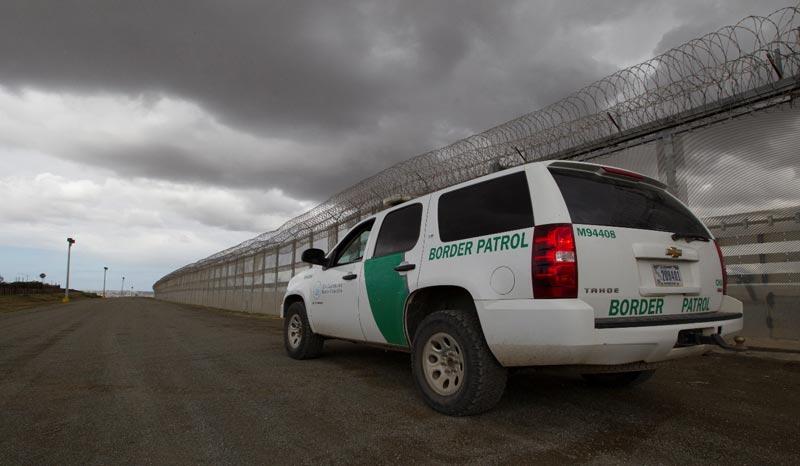(ThyBlackMan.com) Construction is very costly, but it’s a major economic driver in the United States and around the world. New construction is excellent for the economy because it means lots of jobs to go around. Projects also gradually change the entire face of a city, especially a major city like New York or Los Angeles.
Construction also carries lots of unknowns. As much as we have learned, it’s not a perfect science yet. With this advice, you’ll be able to avoid some of the unforeseen costs that are typically associated with machinery, project planning and design.
Wear and Tear
Maintaining equipment is one of the most cost-efficient practices a small construction outfit can use to reduce costs and improve  margins. One of the ways A.J. Weller tries to help clients save money is by reducing wear and tear. With wear plates made of composite materials, construction equipment can last a lot longer.
margins. One of the ways A.J. Weller tries to help clients save money is by reducing wear and tear. With wear plates made of composite materials, construction equipment can last a lot longer.
When you’re digging out the remnants of a building, or trying to create a level surface, heavy equipment is experiencing near constant wear. This equipment is typically the largest or second largest expense for construction teams outside of the costs of personnel. As you might imagine, there’s a green benefit too. Reduced material waste and prolonged life mean fewer resources consumed to maintain important equipment.
Downtime
Nowhere is the adage “time is money” more appropriate than in the world of construction. According to Caterpillar’s technology solutions manager, maintaining equipment is a major component of reducing downtime. “[Good maintenance] helps control costs and service intervals, lengthens equipment life, minimizes downtime and adds resale value.”
Minimizing downtime is important. Every hour brings you closer to the project deadline, and going over that deadline can be costly. You might have legal action brought against you for breach of contract, or you may face steep fines. It could also affect the reputation of your company if you continually fall short of your deadlines. Estimating a project is one of the biggest challenges a project manager faces, so be sure to provide enough personnel and take the necessary steps to ensure equipment remains functional well before you ever arrive at the job site.
Changes to Scope
What if the stakeholders decide that they want to redo a particular hallway or doorway to better match their vision? What if an inspector finds faults in the application of a design? These small changes can be incredibly costly for the unprepared because they may require additional input from the city engineers local to your project.
You may also require additional equipment on site you didn’t anticipate when projects change. For example, a high-rise might require further digging and drilling to help create a more stable foundation. Inspectors may also find fault with the structural integrity of something, or an initial design. It’s good if these problems are caught early because plans can be revised. Otherwise, entire operations may grind to a halt as the stakeholders re-asses.
Sometimes, there’s not a whole lot you can do either. The best advice here is design early and seek approval ASAP.
Final Thoughts
Reducing wear on equipment is one of the best ways to remain cost-efficient for the life of your business. Those savings will become more important when you do encounter challenges like changing the project scope, where extra revenue could mean money to hire an attorney or settle the issue.
Staff Writer; Bobby Shaw




















Leave a Reply